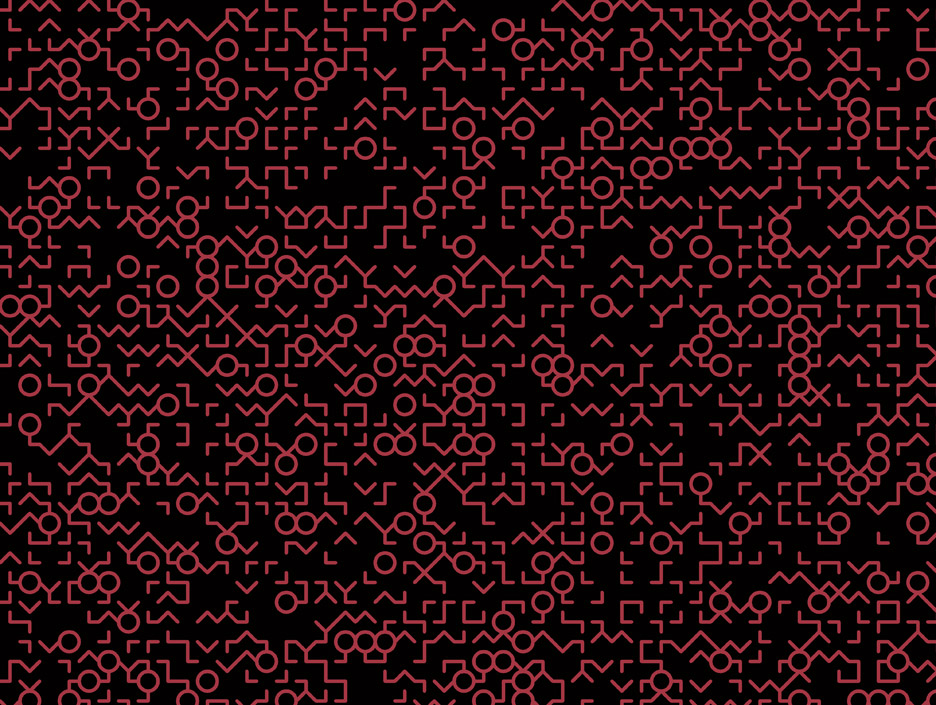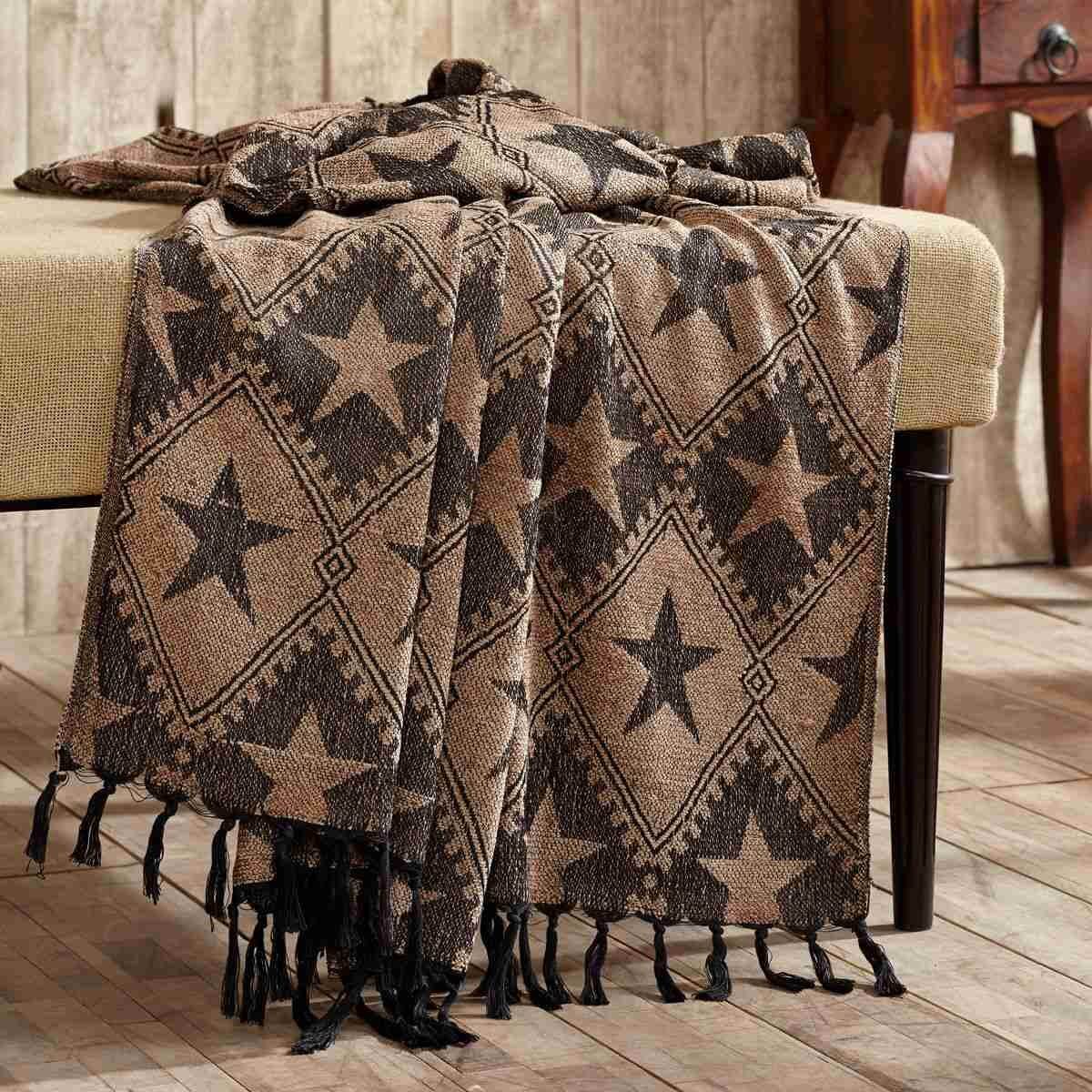


In the past three decades, developments in loom technology and CAD systems have made it possible for a single individual to design and produce this most challenging class of textiles. Results of this work identified areas for further investigation regarding digital jacquard weaving and design innovation relating to: precision with colour bespoke gradient techniques and engineered reversible fabrics.For centuries, the creation of Jacquard cloth required the collaborative efforts of teams of designers and technicians working on vastly complex equipment. Design demonstration of experimental ideas and techniques include drawings, paper manipulation and digitally woven samples. As such, the practice elements of the project explored draping, fringing, tonal colour, stripes, florals, folds, pleats, frayed edges, gathers and ruffles as inspiration. This first-hand examination of the garments along with hands on interpretation and a CAD approach steered the design process which focused on trompe l’oeil three-dimensional illusion techniques. Three items from different eras were chosen and interrogated further using qualitative data gathering methods such as: observational drawing, sketch, photography and colour studies. The Collections Resource Centre in Leicestershire, United Kingdom, was employed for the study of selected archival garments.

The project demonstrates a synthesis of historical objects with research insights through creative digital technologies and systematic investigation. Future development opportunities within a textile design research context were also considered such as new knowledge relating to methods, techniques, procedures, software, processing parameters, creative insights and production implications, for example. The research was underpinned by a textile design perspective and jacquard weaving was identified as a relevant process to consider and explore how objects from the past may be redefined using an applied approach, particularly in terms of contemporary design. The collaborative exploratory study was co-supervised by academics from two different design disciplines: Textile Design and Product Design and Technology and by an Organic Chemist as to support the coloration aspects of the work. A practitioner-research investigation into reinterpreting historical fashion and textiles artefacts through digital design process was undertaken by an undergraduate Textiles: Innovation and Design student specialising in Integrated Digital Practice.


 0 kommentar(er)
0 kommentar(er)
